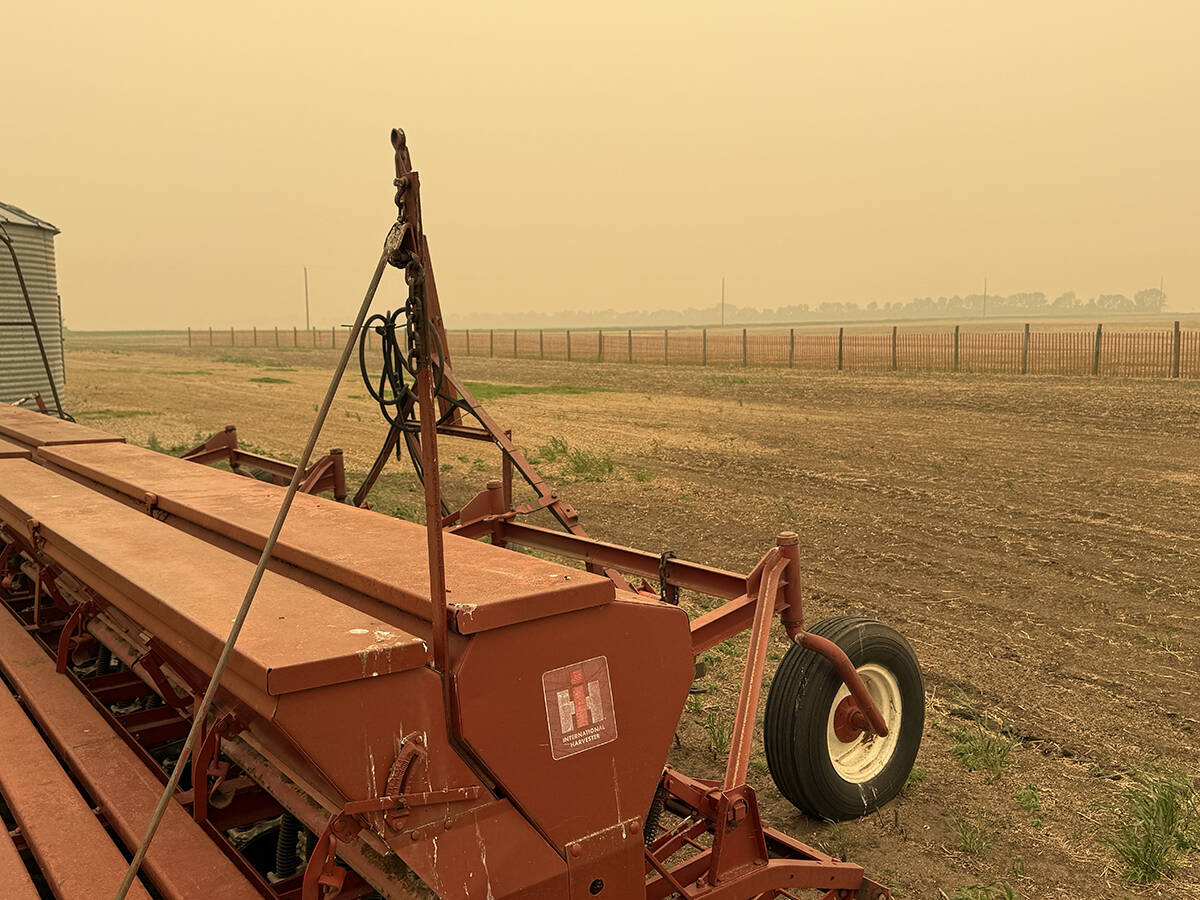They’ve traded in a long bench by a wall of windows with good northern light in a heritage building.
They’ve moved into limousine-grey work stations with intense fluorescent lights hanging 100 centimetres overhead in a strip mall.
And the 16 inspectors and staff with the Canadian Grain Commission service centre in Winnipeg say they couldn’t be happier with their new digs.
Operations manager Murray Hanson was lured to Winnipeg three years ago by the promise of a new service centre.
The office had been temporarily placed in a federal government building in the heart of Winnipeg’s downtown since 1988, where one-way streets, heavy traffic and problematic parking made it hard for farmers to bring in samples.
Read Also

Wildfires have unexpected upside this year
One farmer feels smoke from nearby wildfires shrouded the July skies and protected his crop from the sun’s burning rays, resulting in more seeds per pod and more pods per plant.
The grain commission couldn’t install a drop-box outside the building because of its designated historical status.
“Nothing bothers producers more than having to drive downtown … and then pay for parking,” said Hanson.
After checking out a dozen sites over a year and a half, the grain commission settled on a spot in a strip mall on Pembina Highway, accessible by major highway routes.
Parking is free. And a large steel drop-box cemented into the ground means farmers can deliver their samples any time.
The new centre is also home to two inspection specialists who monitor the consistency of grading across the Prairies.
Ensure consistency
Laurie Campbell says five percent of all samples given to the eight grain commission centres across the Prairies are rechecked to make sure all inspectors are grading the same way.
When the centre finds errors, it returns the sample to inspectors and shows them where they went wrong, she said.
“Once you become a grain inspector, that’s not the end of your training,” she said, pulling a dark brown wooden box off a shelf.
Inside are 25 pill bottles of grain. Once a year, each grain inspector gets a test box and has to identify the varieties, grades and mixtures within each vial.
She spills out a sample of Sceptre wheat. “This one’s easy,” she says, pointing out the kernel’s flat bottom that looks like it has been dragged over sandpaper.
The specialists also give advice on particularly puzzling samples. They keep plastic containers of their own to show what midge damage looks like or how frost changes any particular crop.
Campbell also divides and sends out particularly unique samples to inspectors to alert them to emerging grading issues. A recent vial contains Pioneer 2375 wheat, a U.S. variety not registered in Canada which has appeared along the Saskatchewan border.
The specialists also train new inspectors and people from the grain industry. Campbell said it takes about five years of work for inspectors to get a good handle on all the characteristics of grain.














